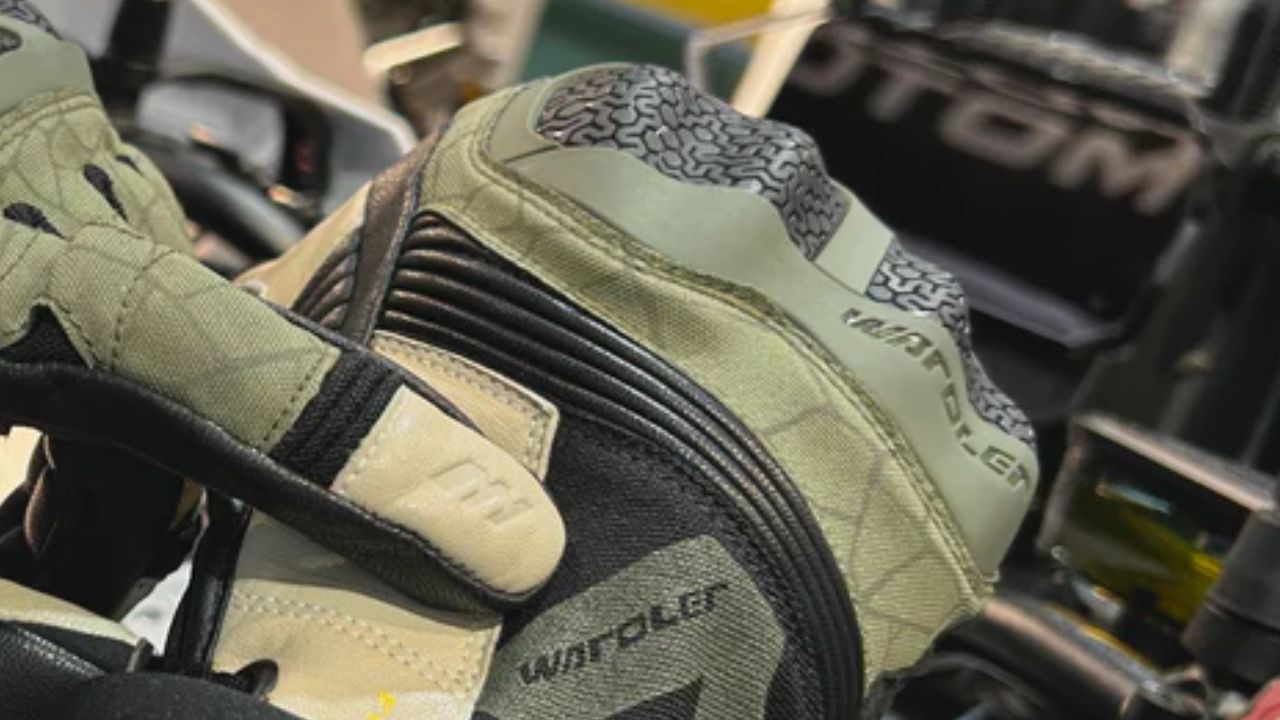
How to Carry a Bag on a Motorcycle: Ensure a Convenient Transport
Riding a motorcycle with an attached bag can be complicated without the right setup, as it involves balancing comfort and safety. Ensuring that a passenger's seatbelt arrangements are correct, especially on the rear side, can significantly improve the experience. Whether commuting, turning on winding roads, or walking around town, there are effective ways to secure a bag on a motorcycle for safer, more comfortable carrying.
Benefits of a Motorcycle Carry Bag
Motorcycle bags are designed to improve riding comfort and safety due to their aerodynamic shapes, rainproof materials, and durable straps that stay secure even at high speeds. Many bags include chest and waist straps to keep the load balanced and reduce strain on the rider's back. They’re ideal for short trips, hands-free transport, and can carry a substantial load. However, for longer rides, carrying a heavy backpack can become burdensome, especially during extended motorcycle tours.
Fitting a Tail Bag
A tail bag is a storage pouch, similar to a duffle bag, designed for riders and positioned at the back of the motorcycle near the helmet support. Available in small, medium, and large sizes, it keeps the weight away from the rider’s body, creating a more relaxed riding experience. Be sure to check that the tail bag is compatible with your bike model, know how to fit it securely, and ensure it remains stable during rides to avoid any shifting.
Saddlebags: A Practical Choice for Riders
Saddlebags, which attach to the sides of the rear wheel, have a low-profile design that enhances stability, even with heavy loads. Made from materials such as leather, canvas, and hard plastics, saddlebags are perfect for distributing weight evenly across the bike, making them ideal for longer trips. While some models require mounting hardware and the hard-shell versions may be more expensive, they are a valuable investment for riders who frequently carry equipment.
Tank Bags for Quick Access
Tank bags mount onto the motorcycle’s fuel tank and stay in place with either straps or magnets. These bags provide easy access to essentials like maps, phones, or wallets, making them popular for long rides. Some tank bags even feature clear, touch-sensitive screens, allowing navigation with a smartphone. Though tank bags are compact and keep a low center of gravity, their carrying capacity is limited, making them suitable only for small items. Always ensure the bag’s placement does not interfere with controls or visibility.
Securing a Bag with Bungee Cords or Straps
If improvisation is necessary, you can strap a bag onto the rear seat or luggage rack with bungee cords or adjustable straps, though this should be a temporary solution. Always use high-quality bungee cords, ratchet straps, or secure fasteners to keep the bag steady. While this is an affordable method, it has limitations in terms of bag size. If not properly fastened, the bag may shift during the ride, potentially putting it at risk.
Choosing a Tail Box or Top Case
A tail box or top case is a rigid, lockable storage unit often installed at the rear of the motorcycle. These boxes offer secure storage for bags and other items and often come with a quick-release system. Tail boxes protect contents from damage, especially when constructed from durable materials like metal or hard plastic. They’re popular with commuters and travelers but require mounting brackets and can add weight, slightly affecting the motorcycle’s handling on the road.
Using a Waist or Sling Bag for Small Essentials
A waist or sling bag is handy for carrying small essentials like wallets, keys, or phones. This type of bag keeps necessary items within reach and is small and lightweight, though it has limited space, making it unsuitable for carrying larger items.




Leave a comment
This site is protected by hCaptcha and the hCaptcha Privacy Policy and Terms of Service apply.